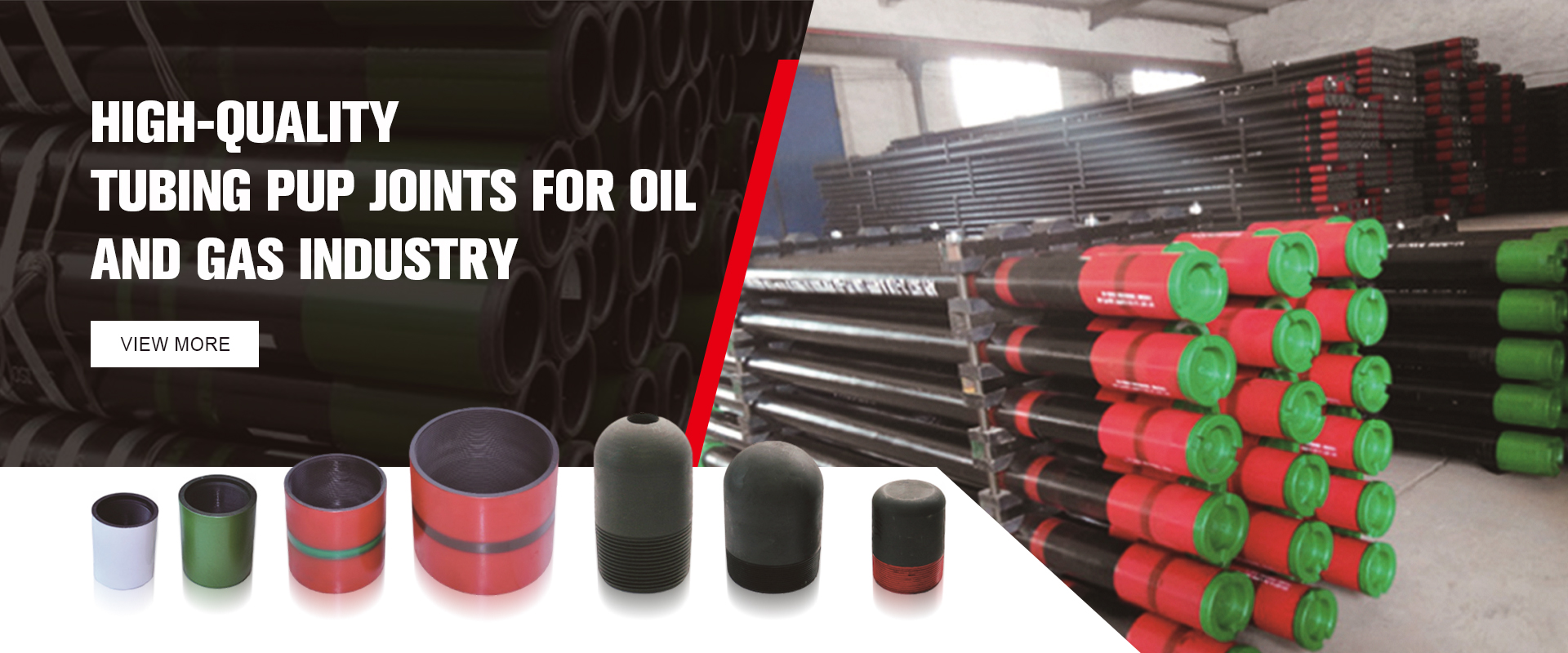- Afrikaans
- Albanian
- Amharic
- Arabic
- Armenian
- Azerbaijani
- Basque
- Belarusian
- Bengali
- Bosnian
- Bulgarian
- Catalan
- Cebuano
- Corsican
- Croatian
- Czech
- Danish
- Dutch
- English
- Esperanto
- Estonian
- Finnish
- French
- Frisian
- Galician
- Georgian
- German
- Greek
- Gujarati
- Haitian Creole
- hausa
- hawaiian
- Hebrew
- Hindi
- Miao
- Hungarian
- Icelandic
- igbo
- Indonesian
- irish
- Italian
- Japanese
- Javanese
- Kannada
- kazakh
- Khmer
- Rwandese
- Korean
- Kurdish
- Kyrgyz
- Lao
- Latin
- Latvian
- Lithuanian
- Luxembourgish
- Macedonian
- Malgashi
- Malay
- Malayalam
- Maltese
- Maori
- Marathi
- Mongolian
- Myanmar
- Nepali
- Norwegian
- Norwegian
- Occitan
- Pashto
- Persian
- Polish
- Portuguese
- Punjabi
- Romanian
- Russian
- Samoan
- Scottish Gaelic
- Serbian
- Sesotho
- Shona
- Sindhi
- Sinhala
- Slovak
- Slovenian
- Somali
- Spanish
- Sundanese
- Swahili
- Swedish
- Tagalog
- Tajik
- Tamil
- Tatar
- Telugu
- Thai
- Turkish
- Turkmen
- Ukrainian
- Urdu
- Uighur
- Uzbek
- Vietnamese
- Welsh
- Bantu
- Yiddish
- Yoruba
- Zulu
seating nipple in tubing
Understanding the Role of Seating Nipple in Tubing A Comprehensive Overview
In the field of oil and gas extraction, the efficiency of fluid transport through tubing systems is critical to the overall productivity of operations. One of the essential components that play a pivotal role in this system is the seating nipple. Understanding its function, design, and importance is vital for professionals working in drilling and production environments.
What is a Seating Nipple?
A seating nipple is a specialized fitting used in tubing systems, designed to provide a secure connection point for various tools and equipment. It serves as a conduit for well interventions, allowing operators to deploy specific tools like plugs and packers into the wellbore. The design of the seating nipple includes a tapered bore that creates a precise seating area for these tools, ensuring a tight seal and reducing the risk of unwanted leaks.
Importance in Well Operations
The seating nipple is essential for multiple operations, including testing, monitoring, and maintaining production levels in wells. By providing a reliable interface, it allows for the deployment of downhole equipment that can manipulate reservoir fluids, monitor pressures, and facilitate repairs or enhancements as necessary. This capability is crucial in maximizing well efficiency, extending operational life, and reducing costs associated with downtime or failures.
Design Features
The design of seating nipples is meticulously engineered to withstand the harsh conditions often found in oil and gas wells. They are typically made from high-strength materials, such as carbon steel or alloy, which are resistant to corrosion and capable of enduring high-pressure environments. Additionally, seating nipples can be configured in various sizes and pressure ratings, catering to the specific requirements of different well designs and operational parameters.
The taper of the seating nipple is a critical feature, facilitating the easy insertion of tools while ensuring a snug fit. This design minimizes the risk of tool slippage or loss, which can lead to significant operational challenges and safety hazards. Moreover, some seating nipples are equipped with additional features such as locks or retention mechanisms, further enhancing the reliability of the connection.
seating nipple in tubing

Workflow Integration
In a typical workflow, the seating nipple is installed within the tubing string before the completion of a well. The installation process requires careful planning and often involves calculations to ensure that the nipple is appropriately positioned to facilitate future interventions. Once installed, operators can deploy tools through the nipple, carrying out various tasks, including pressure testing, fluid sampling, or isolation of sections of the well for maintenance.
The ability to carry out these operations seamlessly contributes to a higher degree of operational flexibility. For instance, in cases where production needs to be adjusted, or if unexpected issues arise within the well, the seating nipple allows for quick access without requiring extensive dismantling of the tubing system. This flexibility not only improves efficiency but also can significantly reduce costs associated with workover operations.
Challenges and Considerations
While seating nipples are invaluable in well operations, they are not without challenges. One common issue is the potential for damaged or compromised seating areas, which can happen due to excessive wear, corrosion, or improper installation. Regular inspections and maintenance are crucial to ensure these fittings remain in optimal condition.
Moreover, as technology evolves, so too do the expectations placed on components like seating nipples. Advances in material science and engineering may lead to the introduction of new designs that offer enhanced performance characteristics. Keeping abreast of these developments is essential for operators looking to maximize their well productivity.
Conclusion
In summary, the seating nipple is a fundamental component in the tubing systems of oil and gas operations. Its ability to provide secure connections for various tools enhances operational efficiency and allows for swift interventions when necessary. As the industry continues to evolve, understanding the role and design of seating nipples will remain crucial for professionals dedicated to maximizing the potential of oil and gas wells. By ensuring these components are well-designed, properly installed, and regularly maintained, operators can navigate the complexities of well management more effectively.
-
Tubing Pup Joints: Essential Components for Oil and Gas OperationsNewsJul.10,2025
-
Pup Joints: Essential Components for Reliable Drilling OperationsNewsJul.10,2025
-
Pipe Couplings: Connecting Your World EfficientlyNewsJul.10,2025
-
Mastering Oilfield Operations with Quality Tubing and CasingNewsJul.10,2025
-
High-Quality Casing Couplings for Every NeedNewsJul.10,2025
-
Boost Your Drilling Efficiency with Premium Crossover Tools & Seating NipplesNewsJul.10,2025







